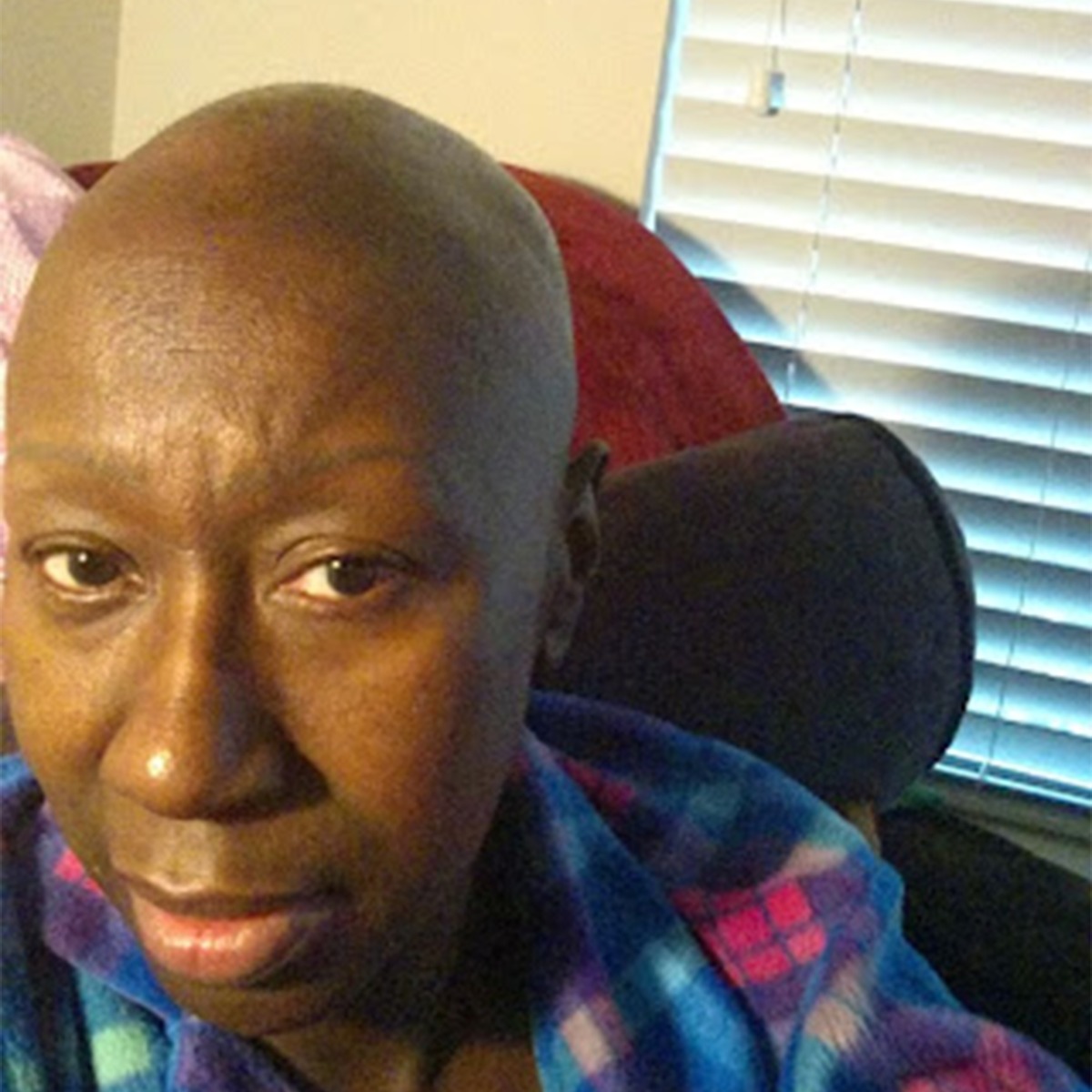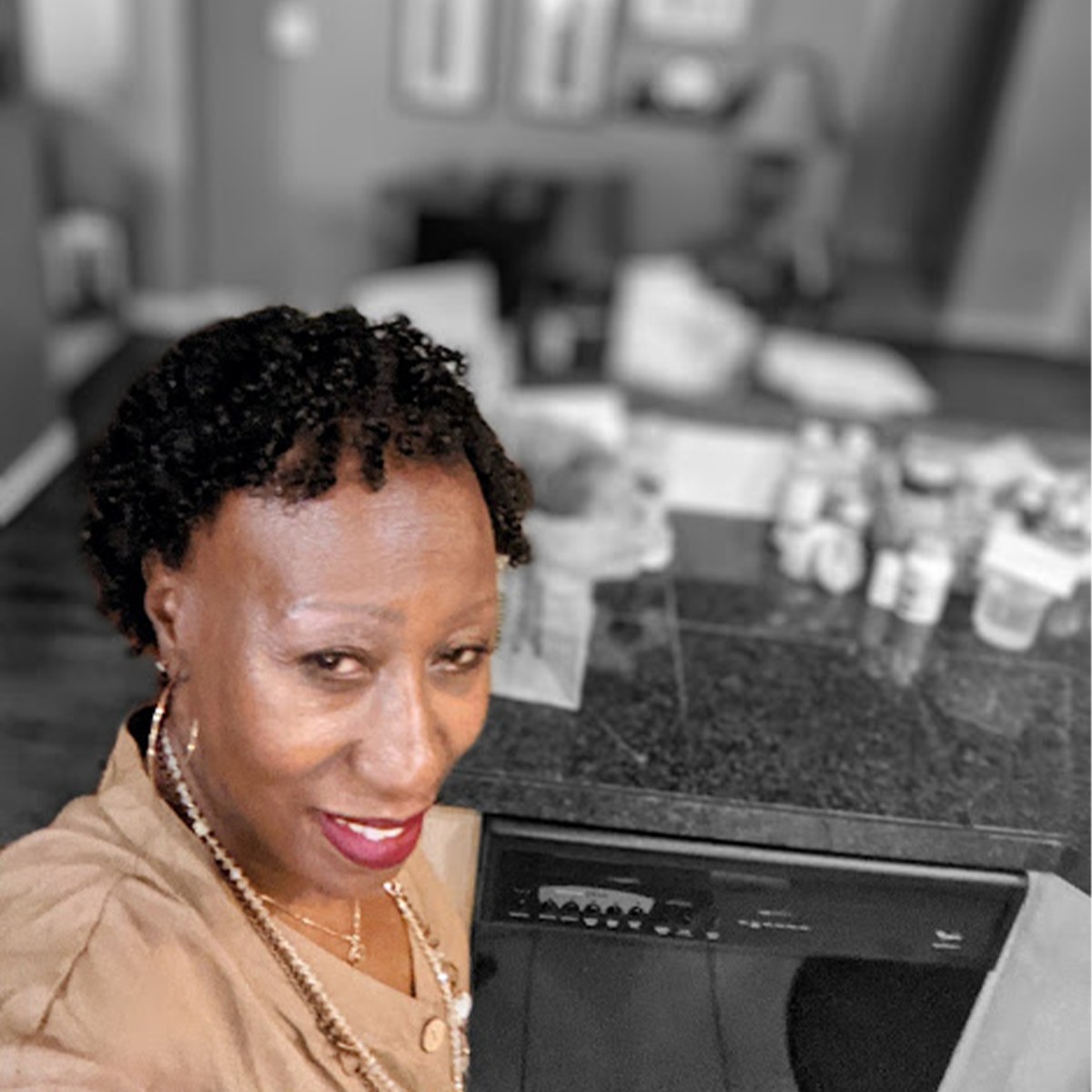Finding Answers for Multiple Myeloma
- Low energy and severe pain led Gwendolyn to be checked out by her doctor, only to be diagnosed with multiple myeloma.
- Multiple myeloma is a rare blood cancer involving plasma cells, which grow uncontrollably in the bone marrow and crowd out other functioning white blood cells used to fight infections.
- African Americans tend to have higher rates of this disease.
- Multiple myeloma can be divided up into categories that help physicians determine which treatments and approaches are best to use.
- It's important cancer warriors know they have a strong support group behind them. It helps alleviate anxiety and depression as cancer treatments become more intense over time.
Gwendolyn first noticed that her energy had been decreasing and she was experiencing lightheadedness, two things she brought up with her doctor at her annual appointment. But she didn’t get the response she expected.
Read MoreGwendolyn said she worked quickly to “become as familiar with myeloma as possible.” And he instinct is a good suggestion for other cancer patients facing a new diagnosis. SurvivorNet is proud to provide tons of information on these diseases for survivors and to be with them every step of their journey.

Multiple Myeloma
March is Myeloma Awareness Month and Gwendolyn's story with the disease is just one of many. The American Cancer Society estimates 35,730 new cases will be diagnosed this year.
Multiple myeloma is a blood cancer involving plasma cells, a special kind of mature white blood cells that reside in the bone marrow and help fight infection. In response to infections, these plasma cells normally produce proteins that help your immune system fight off germs.
In multiple myeloma, cancerous plasma cells grow uncontrollably in the bone marrow and crowd out other functioning white blood cells.
"The bone marrow is the factory that makes all of the cells that wind up in our bloodstream," Dr. Mikkael Sekeres, the chief of the Division of Hermatology at the University of Miami Sylvester Comprehensive Cancer Center told SurvivorNet.
The end result, the immune system doesn't work as efficiently leaving the person fatigued and lacking energy as Gwendolyn experienced.
"It's very common for someone to say, 'You know, I've been feeling very tired," Dr. Nina Shah, a hematologist-oncologist with the University of California at San Francisco told SurvivorNet.
"But at the first sign of something abnormal, it's important to then take that to the next step and say, 'OK, what am I missing? Is there something else maybe that could be causing this?' And that's often when we see a diagnosis of multiple myeloma," Dr. Shah added.
Multiple Myeloma Risk Factors
Multiple myeloma is a rare form of cancer however, certain risk factors can influence a person's likelihood of getting it.
A few risk factors that might increase your risk:
- Age. Most people with this cancer are diagnosed in their 60s although it is possible to get diagnosed at a younger age.
- Family history. Relatives with this cancer could increase your risk.
- Gender. Men are at a slightly higher risk than women.
- Race. African Americans tend to have higher rates of this disease.
- Monoclonal gammopathy of undetermined significance (MGUS). People with monoclonal protein, an abnormal protein, in the bone marrow and blood.
White Blood Cell Counts and African Americans
Gwendolyn's suggestion African Americans have lower white blood cell count is not without merit. Lower white blood cell counts and its connection to higher incidents of multiple myeloma among African Americans has scientific backing. Researchers who studied low white blood cell count in people of African ancestry published their findings in PLOS Genetics.
"Many African Americans have white blood cell counts that are persistently below the normal range for people of European descent, a condition called 'benign ethnic neutropenia' (BEN)" researchers said.
Scientists are not sure why Africans and African Americans are more likely to have BEN. "Studies show a strong association with a genetic change on the DARC (Duffy antigen receptor for chemokines) gene located on chromosome 1," and the genetic change is protective against a malaria parasite commonly found in Africa according to Verywell Health.
"Multiple myeloma is very very rare. African Americans have higher incidents than Caucasians and Asians…12 to 16 in 100,000," Dr. Jens Hillengass, Chief of Myeloma Rosewell Park Comprehensive Cancer Center told SurvivorNet.
Multiple Myeloma Symptoms and Treatment
Symptoms for multiple myeloma include:
- Weakness, dizziness, shortness of breath.
- Bone pain.
- Urinating too much or too little, muscle cramps, nausea and vomiting.
- Frequent infections.
If you notice any changes to your health or your body, it’s important you bring these up with your doctor promptly. And as Gwendolyn showed: be persistent. Advocate for the care you need and talk openly about the symptoms you feel.
Treatment options for multiple myeloma vary depending on the severity of the disease once it is diagnosed. If you have smoldering multiple myeloma, your doctor may opt to monitoring your case regularly. For more severe cases there are several treatment options which include:
- Bone marrow transplant.
- Targeted therapy.
- Biologic therapy.
- Chemotherapy.
- Steroids.
- Radiation.
"What you can expect from this is you'll probably be taking three drugs…dexamethasone (steroid), Bortezomib (Velcade), Lenalidomide (Revlimid). Some patients tolerate it great, they're able to go to work. Some other patients say it's caused them some fatigue, a lot of this depends how good you felt going into the disease," Dr. Shah explained.
Multiple myeloma can be divided up into categories that help physicians determine which treatments and approaches are best to use.
"We tend to [divide them] based on how risky the myeloma is, whereas other cancers will be staged based on how far the cancer has spread," Dr. Shah said.
High-risk multiple myeloma exists when a patient's cells contain missing segments of DNA or switched segments.
Intermediate-risk multiple myeloma is when some of these DNA changes are not present but a patient has elevated levels of certain proteins in the blood.
Low-risk multiple myeloma exists when a patient has none of these changes.
Power of Support
After Gwendolyn's diagnosis, she began treatment for the disease. She credited people within her support group for helping her get through her myeloma journey.

"I located a good support group close to me by going to The Leukemia and Lymphoma Society website. I got so much strength from them," Gwendolyn said.
It's important for cancer warriors know they have a strong support group behind them. It helps them alleviate anxiety and depression as cancer treatments become more intense over time.
Dr. Shelly Tworoger, a researcher at Moffitt Cancer Center told SurvivorNet that "there's a number of common things cancer patients can experience, such as anxiety, depression, financial toxicity, social isolation." So knowing you have loved ones by your side at every step and help you process those emotions and cope with your new reality during your journey.
Learn more about SurvivorNet's rigorous medical review process.
